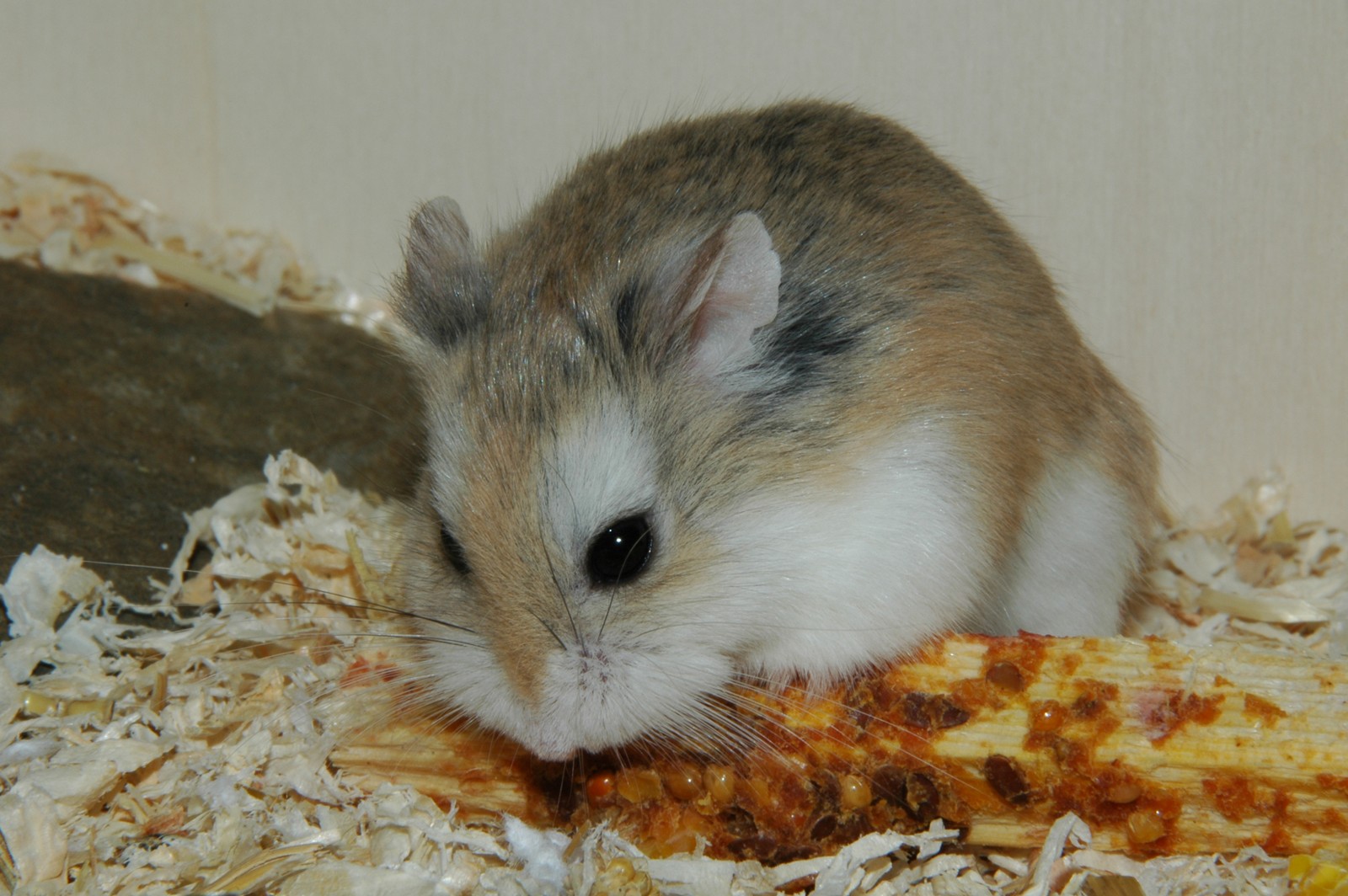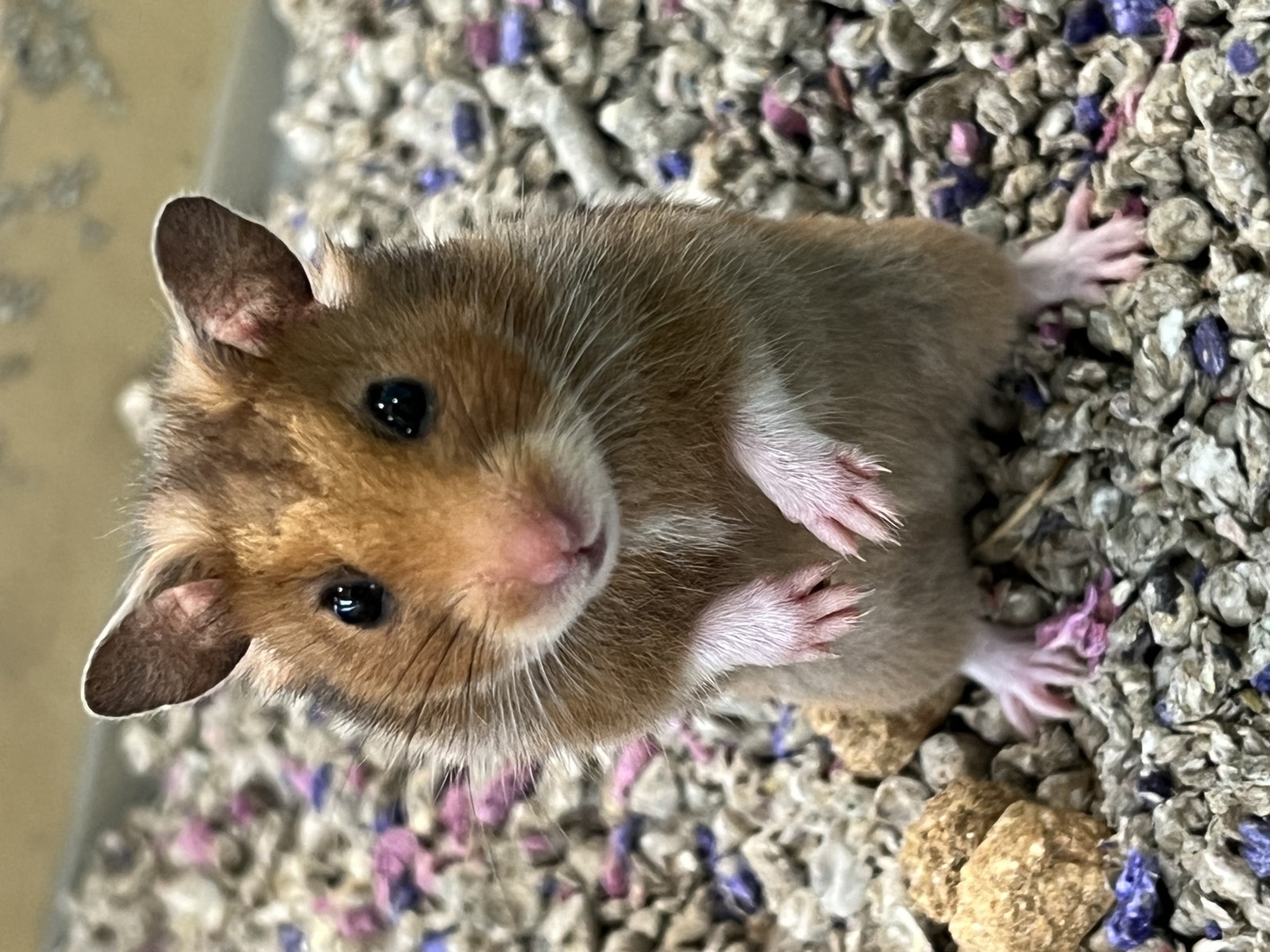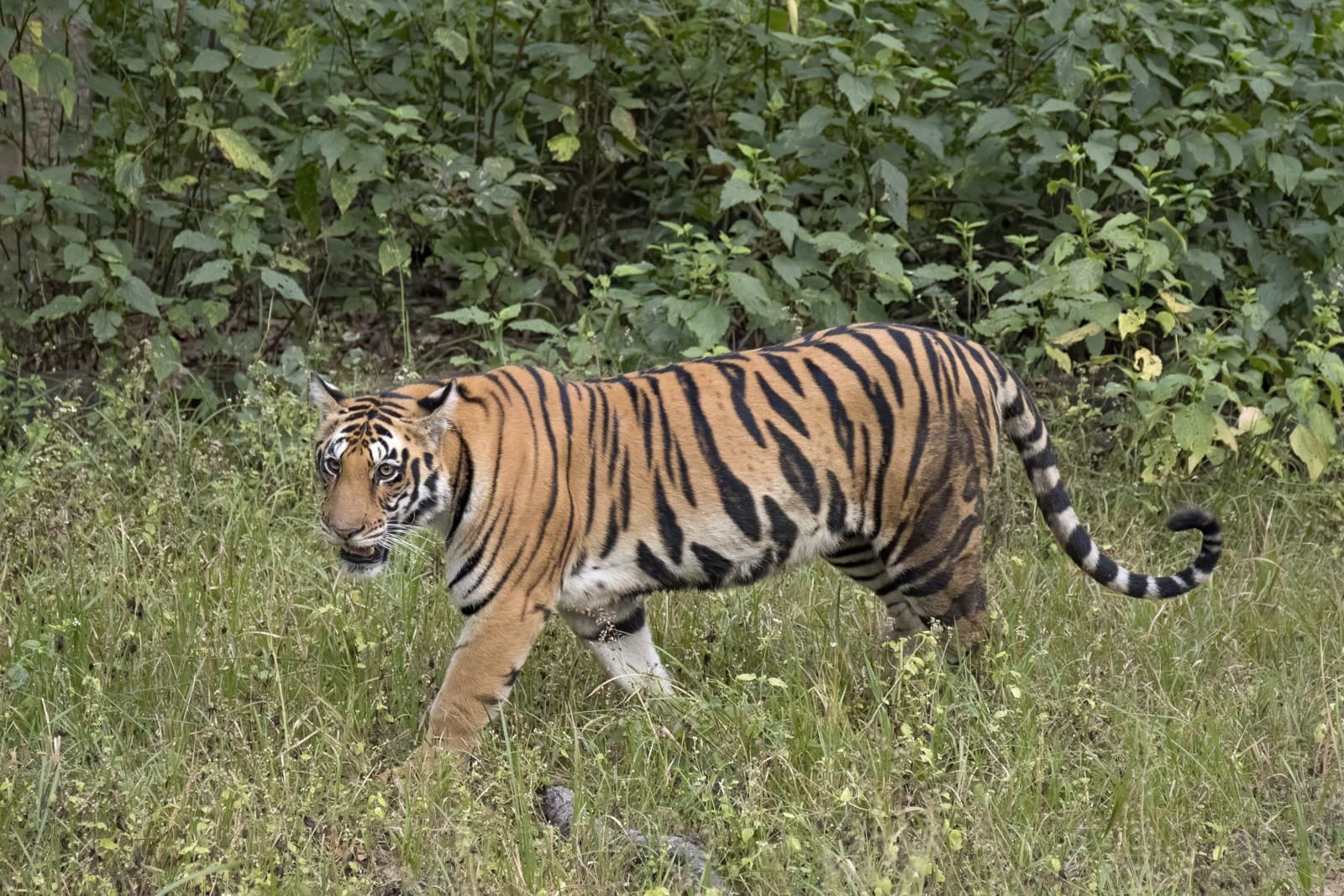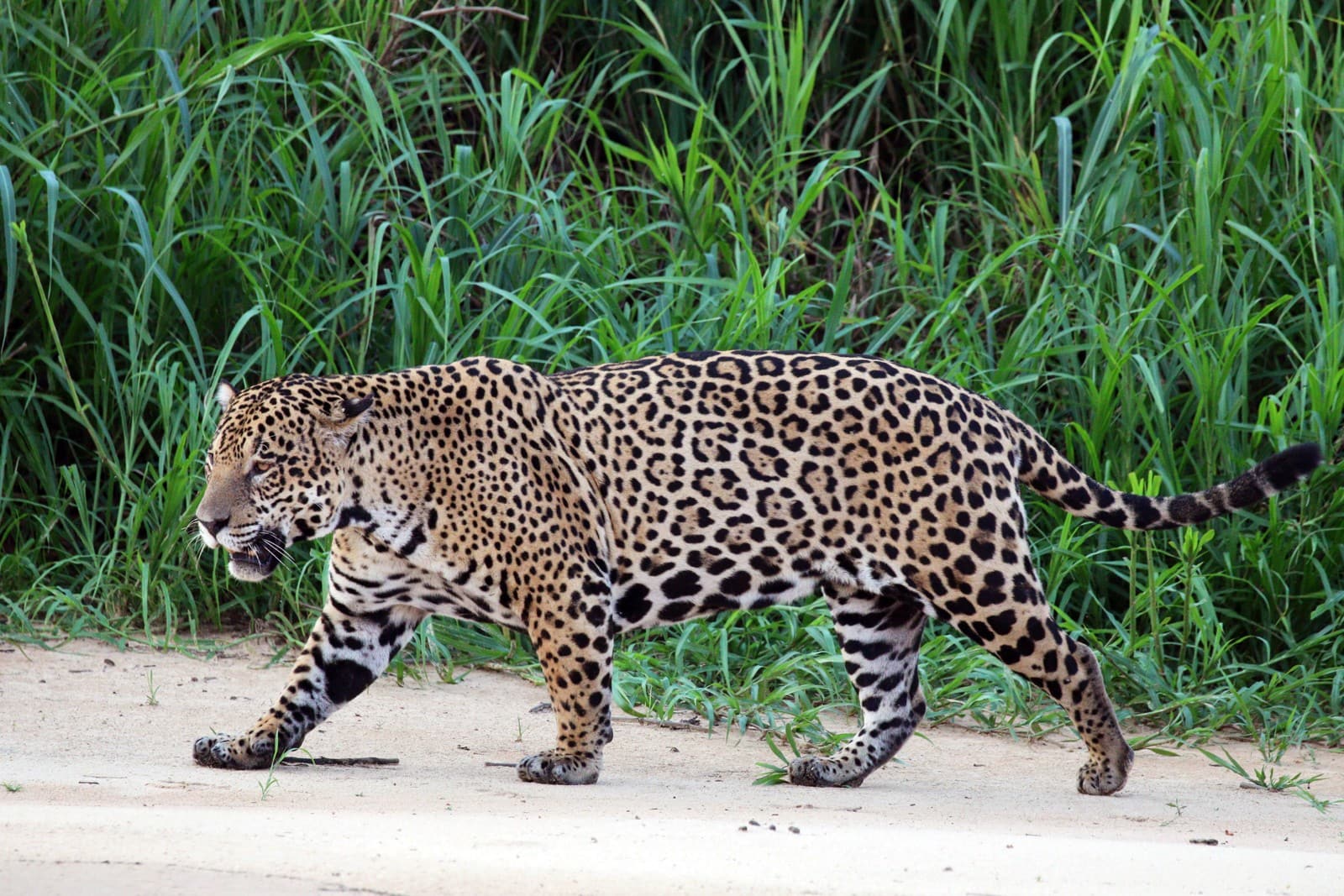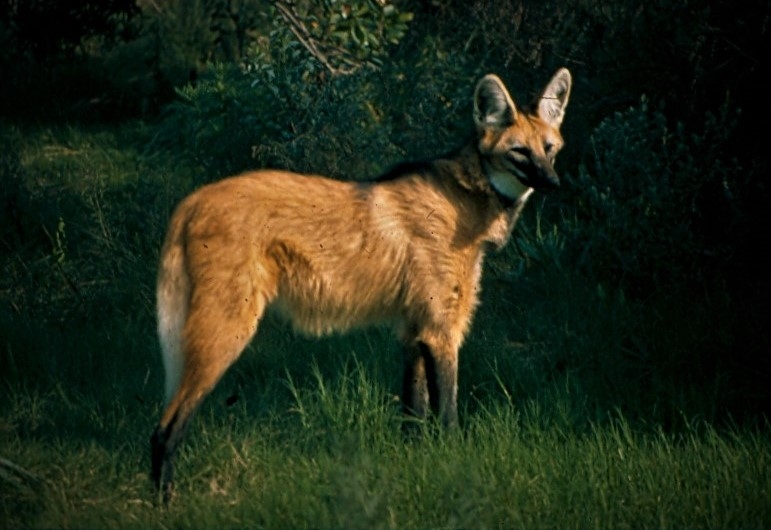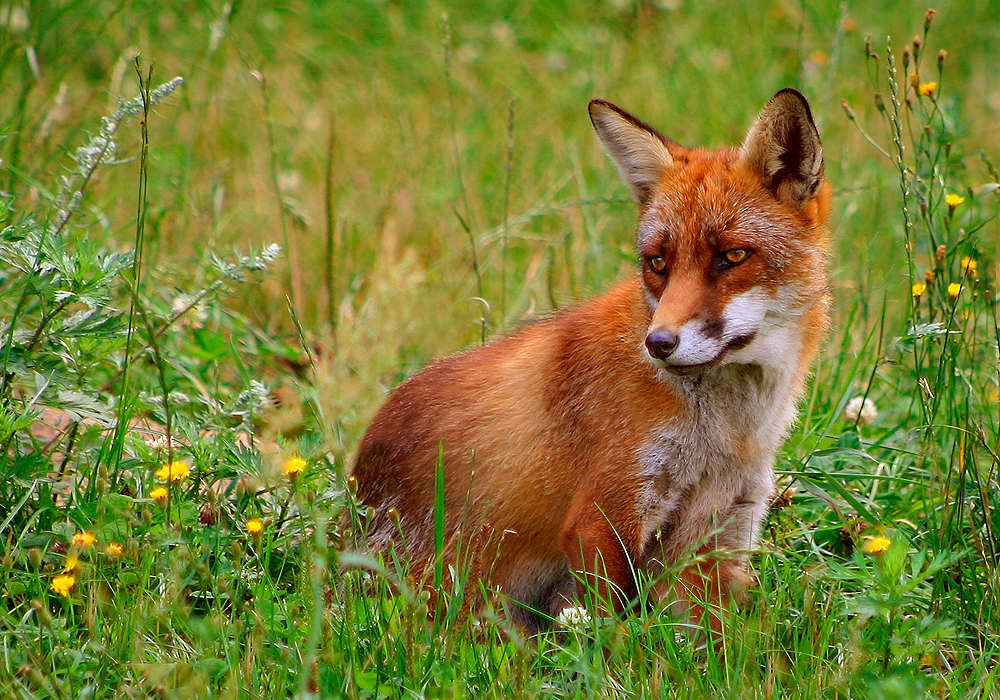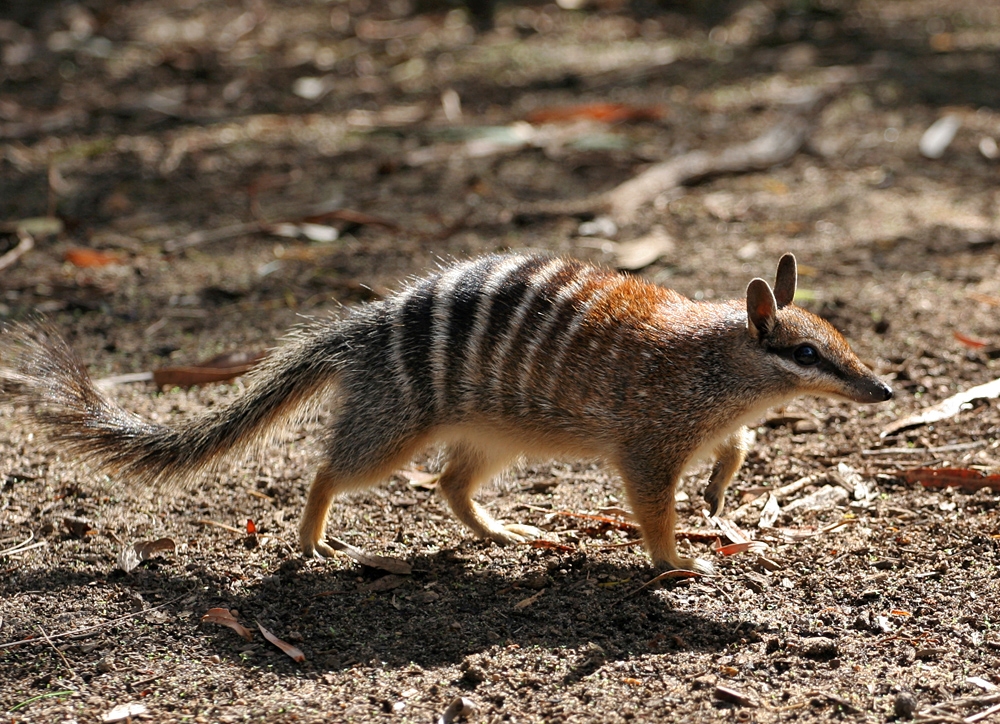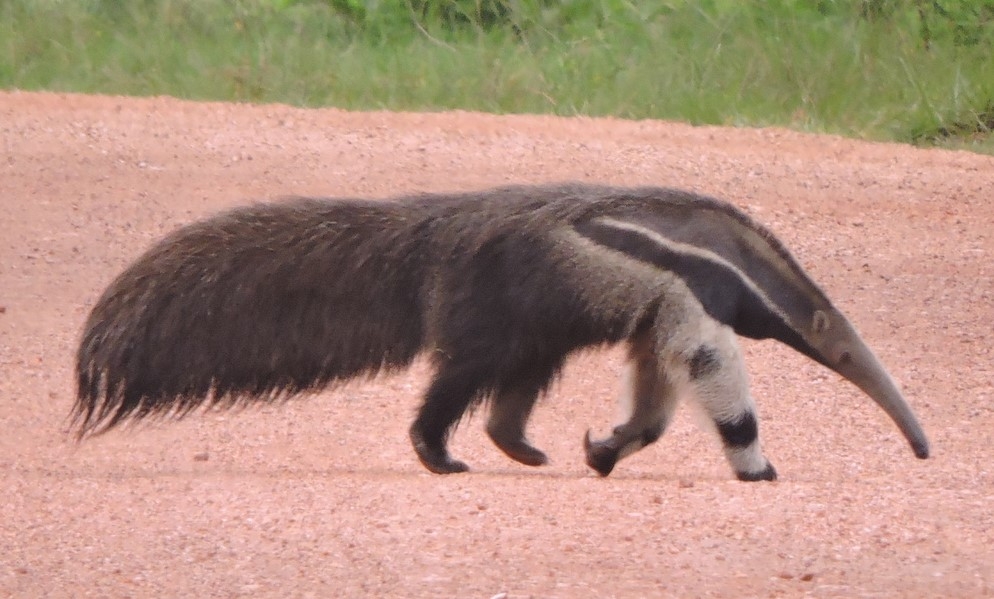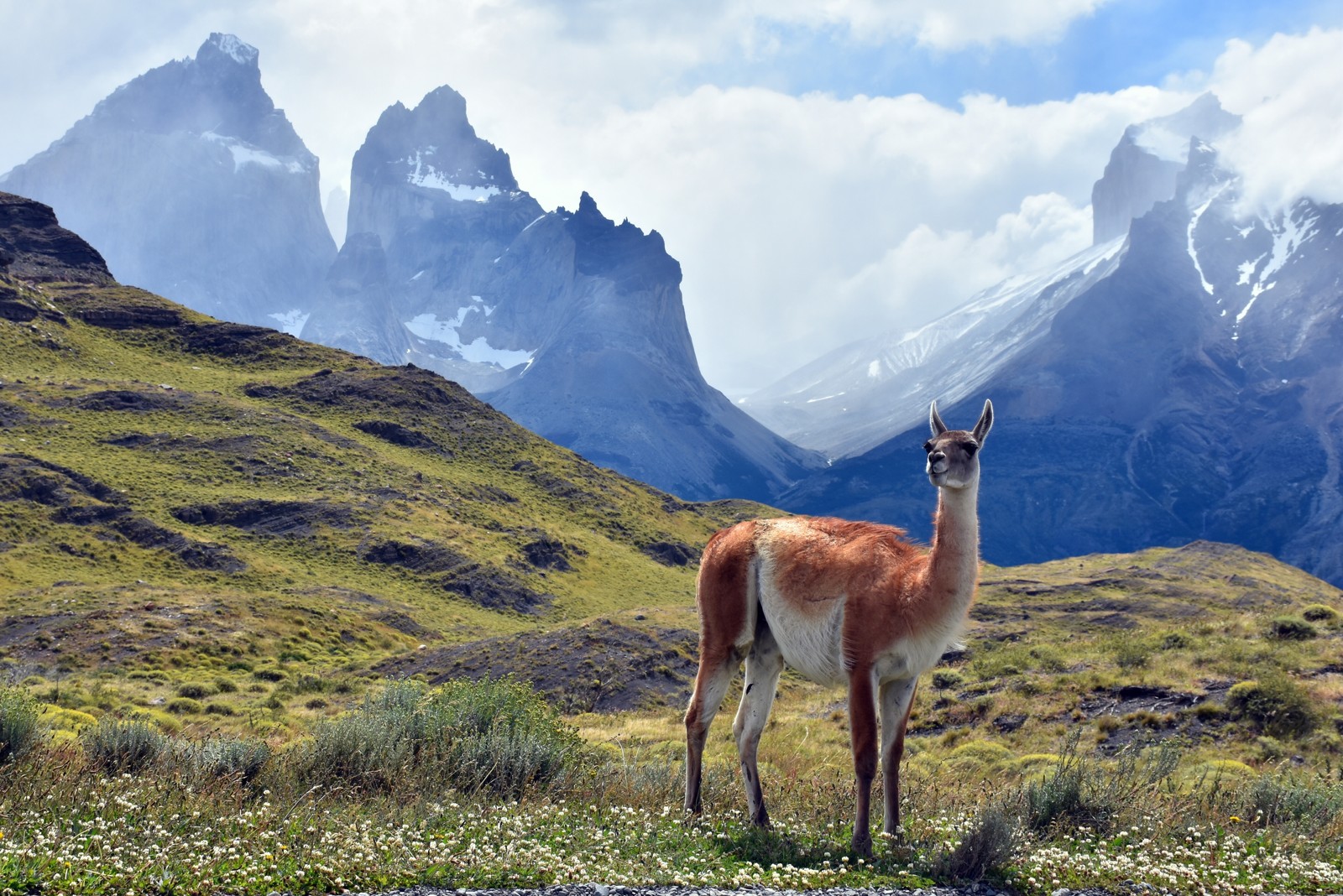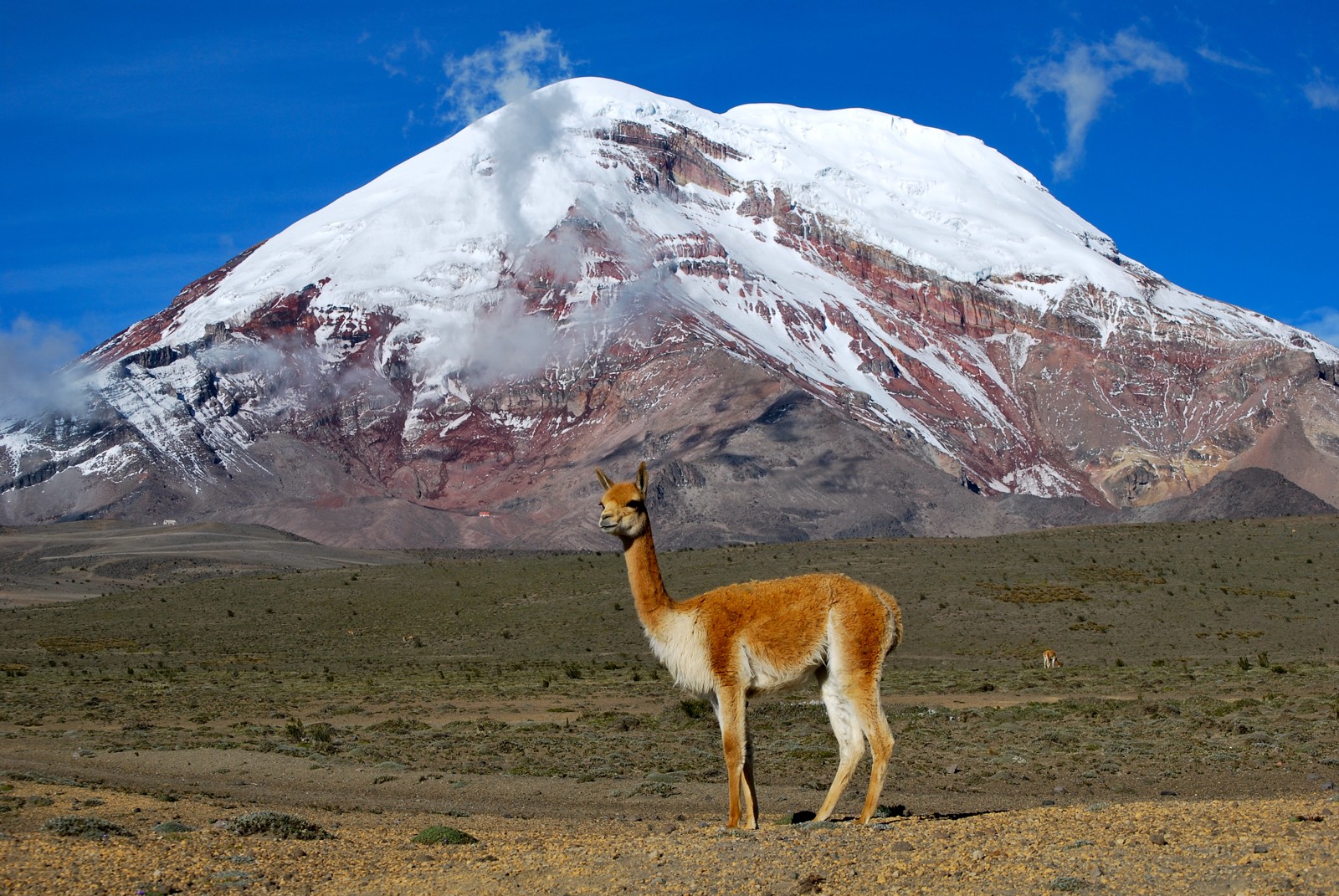Dragonfly vs Damselfly: A Complete Comparison
When comparing dragonfly vs damselfly species, these ancient aerial predators share remarkable similarities but display distinct differences that set them apart. While both belong to the order Odonata, dragonflies (suborder Anisoptera) typically measure 2-5 inches (5-12.7 cm) in length, while damselflies (suborder Zygoptera) are generally smaller at 0.7-1.9 inches (1.8-4.8 cm).
These fascinating insects have survived for over 300 million years, outliving dinosaurs and evolving into the agile predators we see today. Despite their common ancestry, dragonflies and damselflies have developed unique characteristics that make them easily distinguishable to the trained eye.
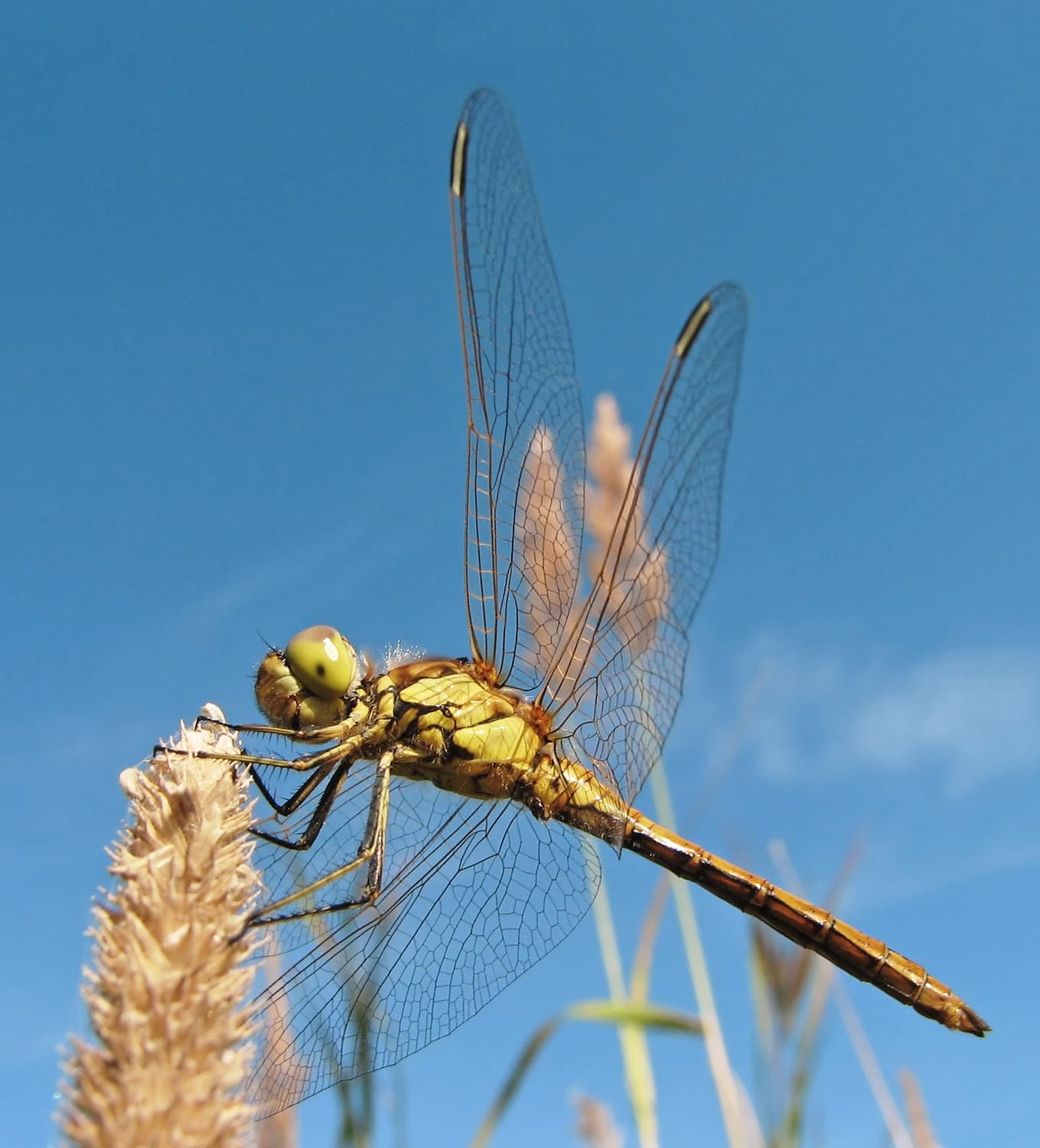
© Darkone (talk · contribs) / Darkone / CC BY-SA 2.5
A dragonfly displaying its characteristic horizontal wing position and robust body structure, key features that distinguish it from its damselfly cousins.
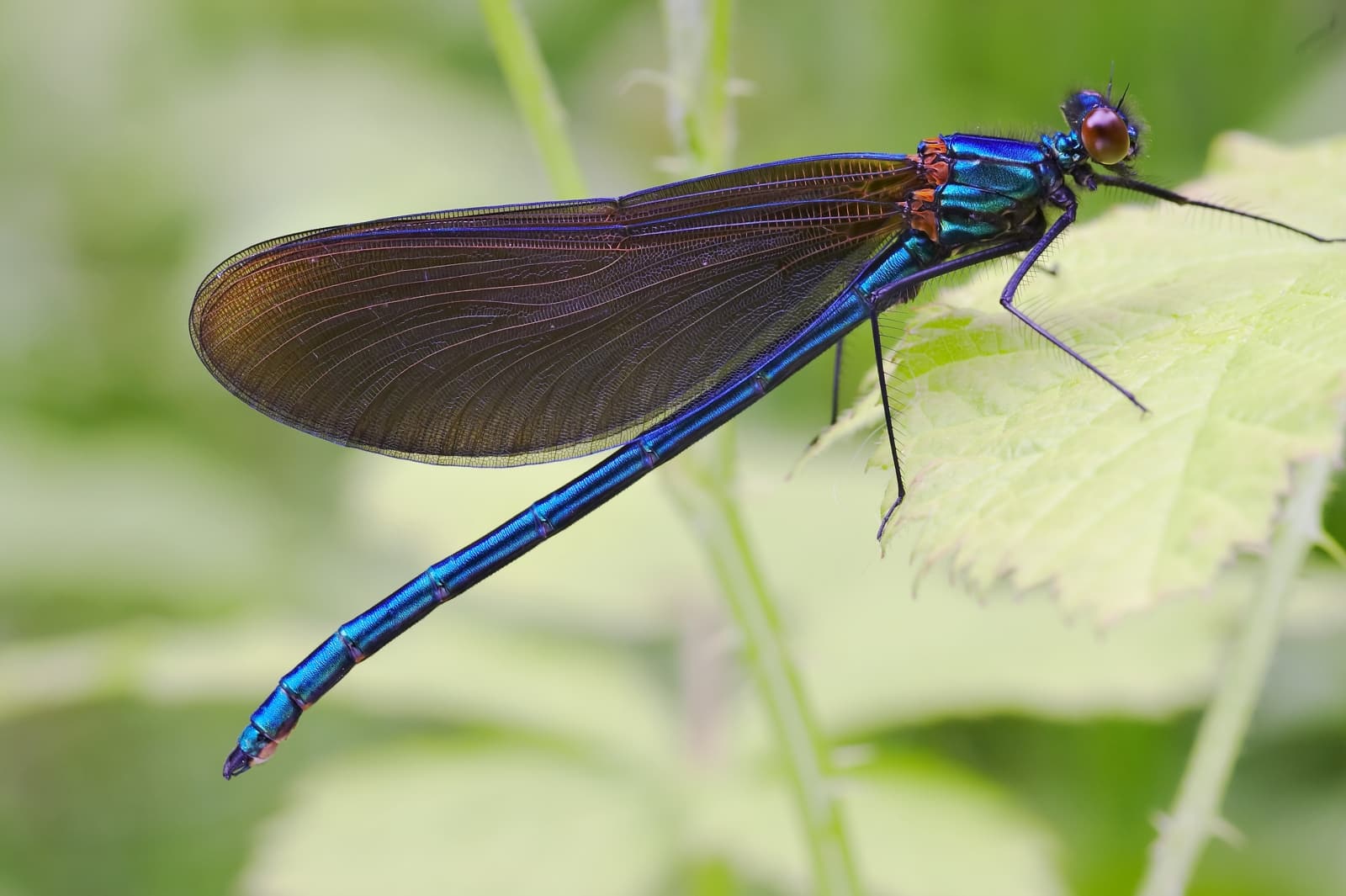
© Michael Apel / CC BY 2.5
A damselfly exhibiting its distinctive folded wing posture and slender body shape, demonstrating clear visual differences from dragonflies.
Key Differences Between Dragonflies and Damselflies
| Feature | Dragonfly | Damselfly |
|---|---|---|
| Wing Position | Held horizontally when perched | Folded vertically over body |
| Body Structure | Robust and thick | Slim and delicate |
| Eye Separation | Eyes typically touch | Eyes clearly separated |
| Flight Capability | Strong, fast fliers (up to 35mph/56kph) | Weaker, fluttering flight |
| Size | 2-5 inches (5-12.7cm) | 0.7-1.9 inches (1.8-4.8cm) |
| Wing Shape | Hindwings broader than forewings | Forewings and hindwings similar |
Habitat and Behavior
Dragonflies and damselflies both thrive near water sources, but their behavioral patterns differ significantly. Dragonflies are territorial hunters, patrolling defined areas with aggressive flight patterns. They can fly at speeds up to 35mph (56kph) and even hover in place. Damselflies, conversely, exhibit more delicate flight patterns, preferring to flit between vegetation and rarely engaging in extended aerial pursuits.
Hunting and Diet
While both species are skilled predators, their hunting strategies vary considerably. Dragonflies capture prey on the wing, using their superior speed and maneuverability to intercept flying insects. Their success rate in hunting reaches an impressive 95%, making them one of nature’s most effective predators. Damselflies typically employ a more patient approach, ambushing prey from perches within vegetation.
Life Cycle Differences
Both species undergo incomplete metamorphosis, but their developmental stages show distinct characteristics:
- Dragonfly nymphs: Robust, featuring rectal gills and ability to jet-propel through water
- Damselfly nymphs: Slender with three external gill plates at abdomen tip
- Development time: Dragonflies 2-4 years, Damselflies typically 1-2 years
- Emergence patterns: Dragonflies emerge primarily during morning hours, Damselflies throughout the day
Conservation Status and Threats
Both dragonflies and damselflies face similar environmental challenges, primarily habitat loss and water pollution. Of the approximately 7,000 known species worldwide:
- 10% of dragonfly species are threatened
- 15% of damselfly species face extinction risks
- Wetland preservation remains crucial for both groups’ survival
Identification Tips for Beginners
To distinguish between dragonflies and damselflies in the field:
- Observe wing position when perched
- Note body thickness and structure
- Look at eye placement and separation
- Watch flight patterns and behavior
- Compare relative sizes when possible
Understanding these differences helps nature enthusiasts accurately identify and appreciate these remarkable insects in their natural habitats.
